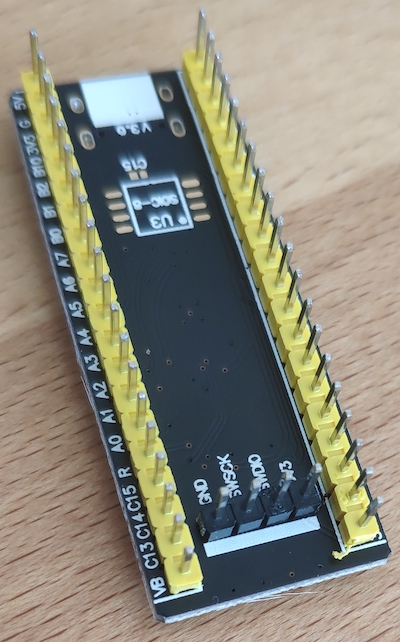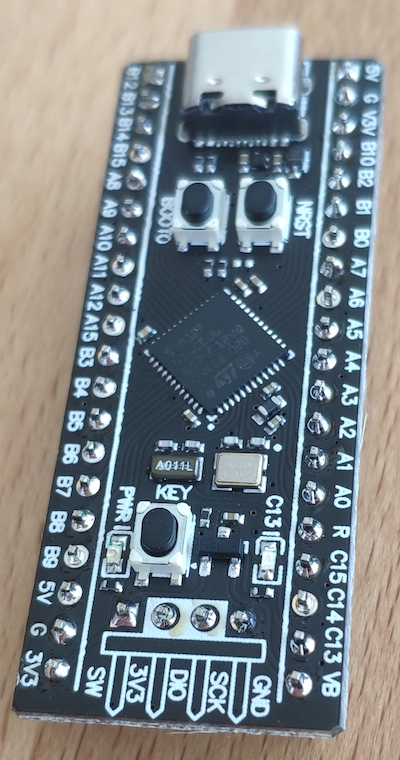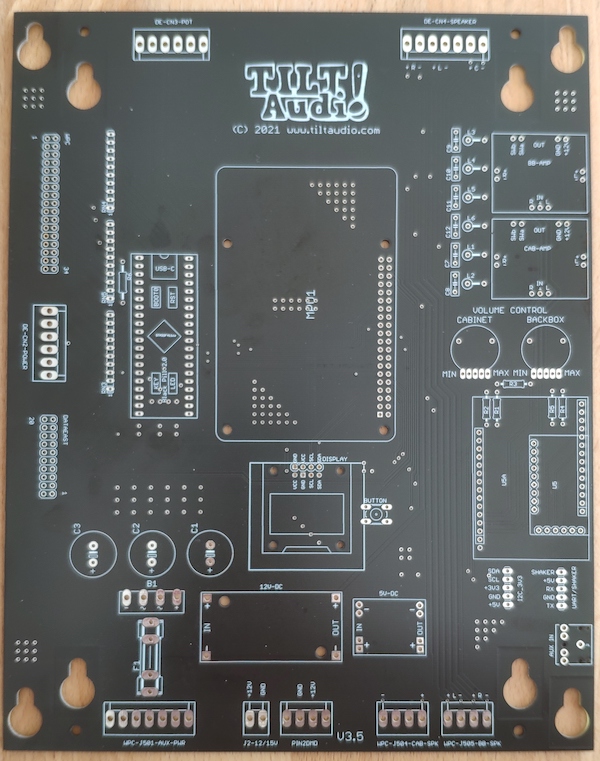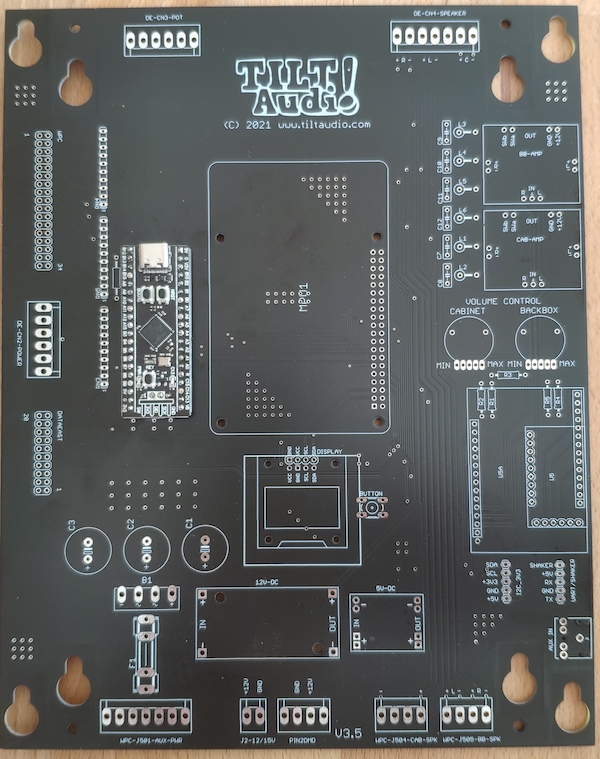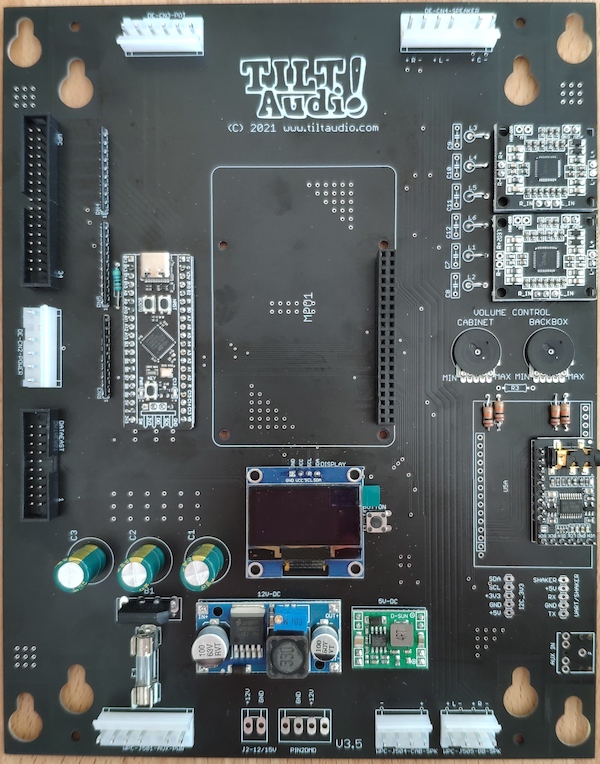TILT!Audio features a lua runtime 5.2 to control additional extensions like shakers, LED-lights and also servos.
To make this possible TILT!Audio firmware embeds a lua runtime (lua virtual machine) and loads a “init.lua” script from the sound directory.
The init.lua script already has access to all core lua language features and also the TILT!Audio bindings see lua reference. The binding allows access to the sound engine, communicate via i2c, logging messages and get information about the current installation.
Lua in its language ecosystem also offers modules and package managers that allows installing and managing modules that extend lua features. One of this package managers is luarocks.
Luarocks
Using luarocks as package manager to install a new module together with TILT!Audio is not so straight forward as you can read it on most websites, because the linux running on a TILT!Audio card is tailored down to a minimum to run as efficient as it should to produce sound and nothing else.
What is missing for example is a c compiler that most lua modules require as they come as a combination of lua code and c code.
Also luarocks requires a certain directory structure that is aware of the different lua versions and different places in the system where the lua runtime should look for “modules” (which is *.so and *.lua files).
The TILT!Audio start script does set the required environment variables to let lua runtime find modules, but still not in that way that a module installed by luarocks would expect.
Continue reading “Lua scripting with modules”
